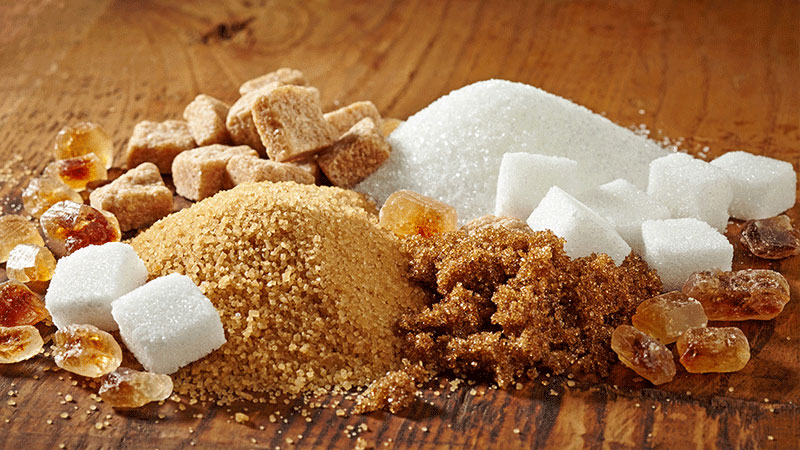Cutting back on sugar doesn’t mean giving up flavor or fun. With the right tips for reducing sugar intake, you feel more energetic, avoid energy crashes, and protect your long-term health. Too much added sugar leads to weight gain, fatigue, insulin resistance, and even mood swings. The good news? A few smart tweaks to your daily habits can change your sugar story for good.

Know Where Sugar Hides
Start by finding hidden sugars in places you don’t expect. Condiments, salad dressings, granola bars, and even “healthy cereals” sneak in lots of added sugars. Scan the ingredient list for names like high-fructose corn syrup, maltose, evaporated cane juice, or syrup solids.
Don’t trust packaging that says “low-fat” or “natural”—they often overcompensate with sweeteners. Keep an eye on fruit juices, flavored yogurt, and coffee drinks too. Awareness is your first weapon in reducing daily sugar.
Make Smarter Beverage Choices
One of the easiest sugar swaps is in your cup. Skip the soda, sweet tea, and sports drinks—they load your system with unnecessary liquid calories. Choose infused water with lemon, cucumber, or mint. Go for unsweetened tea, sparkling water, or black coffee.
Even store-bought smoothies contain more sugar than dessert. Blend your own with fresh fruit, leafy greens, and nut milk. Try to avoid artificial sweeteners too—they confuse your taste buds and increase sugar cravings.
Read Labels Like a Pro
Nutrition labels reveal the truth. Look for total sugar and added sugar separately. A food may have natural sugars from fruit or milk, which aren’t harmful. But added sugar—like cane sugar or corn syrup—adds no value.
If one serving contains over 6–8 grams of added sugar, consider it a treat, not a daily snack. Compare brands—some nut butters, snack bars, or ketchup brands use far less sugar than others.
Ingredient order matters too. If sugar shows up in the top three ingredients, you probably want a better option.

Choose Whole Fruits Over Fruit Snacks
Whole fruits come with fiber, vitamins, and natural sugar—a combo your body understands. They digest slowly, reducing blood sugar spikes. In contrast, fruit snacks, dried fruit with added sugar, or sweetened applesauce deliver a fast jolt with no fiber to slow it down.
Go for berries, pears, or apples when cravings hit. They satisfy your sweet tooth without overloading your system. Freeze grapes for a snack that feels like candy but fuels like food.
Rethink Breakfast
Sugary breakfasts like frosted cereals, pastries, or flavored oatmeal set you up for a crash by mid-morning. Swap them for protein-rich and fiber-filled choices like:
- Steel-cut oats with nut butter and berries
- Eggs with vegetables
- Plain yogurt with chia seeds
These keep you full longer, reduce sweet cravings, and balance blood sugar. You still get flavor, but without the sugar spike. You can even prep overnight oats or make low-sugar muffins ahead of time. Your morning sets the tone—start strong.
Train Your Taste Buds
Your taste buds adapt. When you cut back on sugar, your sense of sweetness sharpens. Give it two weeks, and suddenly carrots, almonds, or ripe bananas taste sweeter. Reduce slowly if needed. Use cinnamon, vanilla, or cocoa powder to enhance flavor naturally. Over time, your body stops expecting sugar highs and enjoys real food more fully. Less sugar, more satisfaction.
Final Thoughts: Sugar Smart, Not Sugar-Free
You don’t need to go zero-sugar to stay healthy. Use these tips for reducing sugar intake to gain energy, stabilize mood, and avoid long-term health issues. Focus on progress, not perfection. Eat real, read labels, and stay aware. The less sugar you eat, the less your body craves it.
